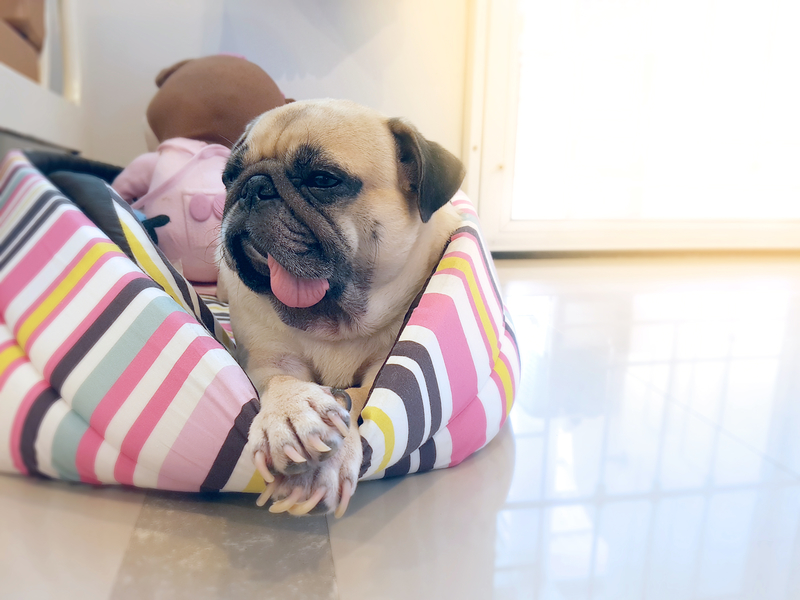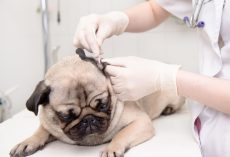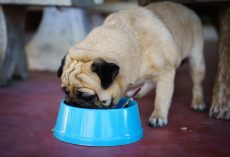We all know about germs and particles that we can't see. We know that these may be harmful to us. The same goes for the things that are around our dogs too, include what is in their bed. Once you find out what could be lurking in your dog's bed, you'll be shocked!
4 Things That Might Be Living In Your Dog's Bed Include:
External Parasites
Your dog may catch fleas or mites from another animal (or from you in some cases) and bring them into your home and his bed. “Fleas can hitch a ride into your home on your pant leg or shoe,” says Dr. Jeffrey Stupine, head veterinarian at the Pennsylvania SPCA. “If you get little red spots on your ankles or your pet is scratching, it’s probably fleas. If you have an infestation, there may be invisible larvae waiting to hatch in your dog’s bedding.”Ringworm
“Ringworm is not a worm but a fungal infection, medically known as dermatophytosis, that infects a dog’s skin, hair and claws and gets its name from the round, pink lesion it forms on the skin [in people],” says Dr. Daniel Morris, a veterinary dermatologist at University of Pennsylvania Veterinary School. Symptoms in dogs include redness, itching, hair loss, crusty patches and brittle claws.Roundworms and Hookworms
Roundworms are parasites that live in the intestine of dogs. These parasites feed off of partially digested intestinal contents. According to the Companion Animal Parasite Council (CAPC) many infected dogs shed roundworm eggs in their feces, and your dog may be infected by ingesting the infected feces or by eating a small, infected animal such as a mouse. Symptoms include diarrhea, vomiting, weight loss, dull hair, coughing and a potbellied appearance. If your dog is infected with roundworms, his bedding may contain invisible eggs. Symptoms of hookworms include weight loss and diarrhea.Salmonella and Listeria
People usually associate Salmonella and Listeria with human food-borne illnesses but the Centers for Disease Control and Prevention (CDC) has found that 25 percent of commercial raw dog food tested positive for these harmful bacteria. Symptoms of Salmonella and Listeria infection in dogs include high temperature, refusal to eat, weight loss, diarrhea, vomiting and lethargy.
As you can see, there may be way more than just dirt and pet hair in your dog's bed. There could be fleas or ringworm. There could also be roundworms or hookworms and even salmonella or listeria. These things may not only cause problems for your beloved dog but they could also cause problems for you.
That's why it is so important to clean your dog and their bed on a regular basis. This way both you and your dog can stay as healthy as possible.
To find out more about what may be living in your dog's bed, please visit Pet MD.









